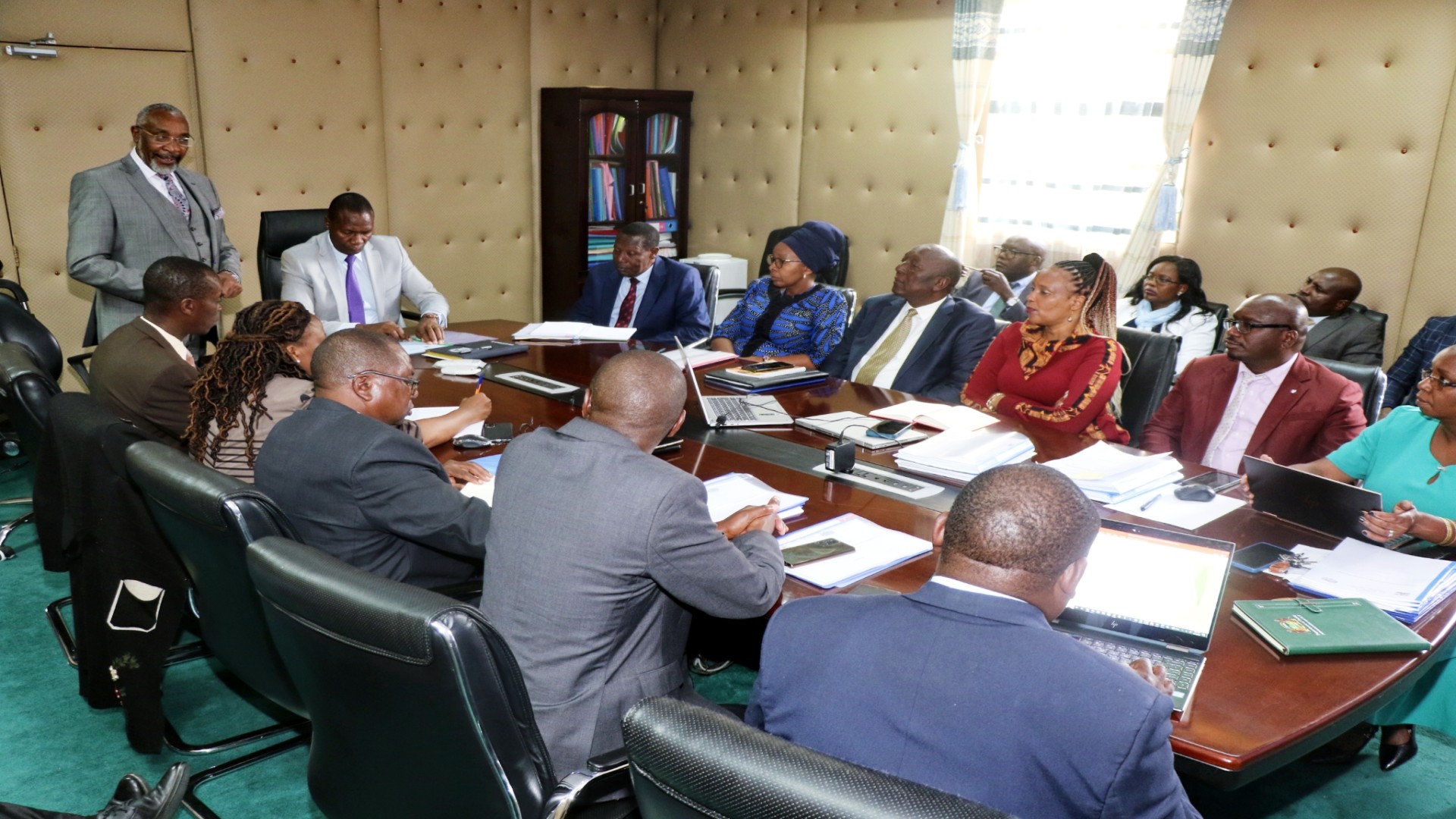Lake Victoria is chocking under micro-plastics and other forms of pollution like water hyacinth despite persistent calls for quick intervention by various stakeholders.
This concern has resulted to common buzz words; reduce, reuse and recycle trending in forums where environmentalists, researchers and journalists converge making spirited calls on the respective East African countries to coordinate their strategies with a view to protecting Lake Victoria, the second largest fresh water lake.
Recent research conducted on Lake Victoria on water samples drawn from 50 meters below the surface 75% of the work done indicate that between 300 to 5000 M/Ts per square Km of plastic was being dumped on the water bed with stakeholders saying fish were consuming a great amount of it.
In an indepth presentation to more than 300 journalists attending the second day of the 4 day MESHA online conference Wednesday morning, Bahati Sosthenes Mayoma who is a micro-plastic specialist and Assistant Lecturer at Dar es-Salaam University said that globally, plastic remains a major environmental challenge and a cause of economic disasters.
“Globally, up to 350 million tons of plastics are produced annually with 115 million tons floating in the vast water masses. As a result, and if not checked, the ratio between plastic and fish could increase tremendously to 5:1 in terms of weight. This does not augur well for humanity,” cautioned Mayoma.
Similarly, the toxic chemicals and other effluent from the numerous industries not only killed the fish in our rivers and lakes before finally reaching Lake Victoria but also swept along sediments which get dumped on the bed of the water masses.
Moreover, tourism, fisheries and ship transportation on the water masses got entangled by the plastic menace even though Lake Victoria supports over 30 million people. With this reality, fishermen in the three East African Community (EAC) Member States of; Kenya, Tanzania and Uganda have suffered the impact yet over 70 per cent of fish export from Tanzania is from this water mass, he explained.
“Micro-plastics are small particles that are not visible to naked eyes and so require magnifying several times. Several research findings in Uganda and Tanzania found in 2016 that the Nile Perch and Tilapia had the micro-plastics, a revelation that they must have fed on the toxic materials,” Mayoma explained.
It was unfortunate, he said, that whereas Tanzania and Kenya have since banned the use of plastics, their neighbouring Uganda was yet to follow suit. This contributed to poor coordination, regulation and awareness creation among the region’s vast population, he noted.
The micro-plastic specialist observed that between 10 – 20 per cent of plastics get recycled globally, a further 80 per cent of the plastics are land-based and so have great impact on our soils which ultimately affected the fertility and crop yields as they have been polluted by the micro-plastic particles.
He said this should be an area of next focus of research going into the future. Sedimentation on Lake Victoria basin and other water sources could lead to further death of fish species and so agriculture, construction works upstream and fishing pressure on the lake all attributed to human activities should be checked before the matter grows into a full scale disaster beyond any form of intervention.
Citizen TV journalist Laura Okal, while sharing her experiences about collecting news in the 58,000 sq Km Lake Victoria which is a source of livelihood for more than 53 million population, decried persistent plastic pollution into the water mass with direct dumping of effluent including plastics into the lake.
Okal singled out over-fishing using illegal gears and deforestation as areas that should interest other stakeholders to start thinking of the right interventions requiring financial and strategic research.
She also challenged fellow journalists to focus more on solution journalism that could help local communities on what they should do in collaboration with other partners to once and for all tackle the challenges. This could be in the form of cleaning up the lake, planting trees and construction of dykes as in Nyando where there have been perennial floods, she proposed.
Okal also sited lack of actors making calculated moves to set up a data base to for example look into plastic pollution and tackling the ever declining fish species. “This could provide the necessary data for the journalists to publish comprehensive pieces supported by relevant data.

